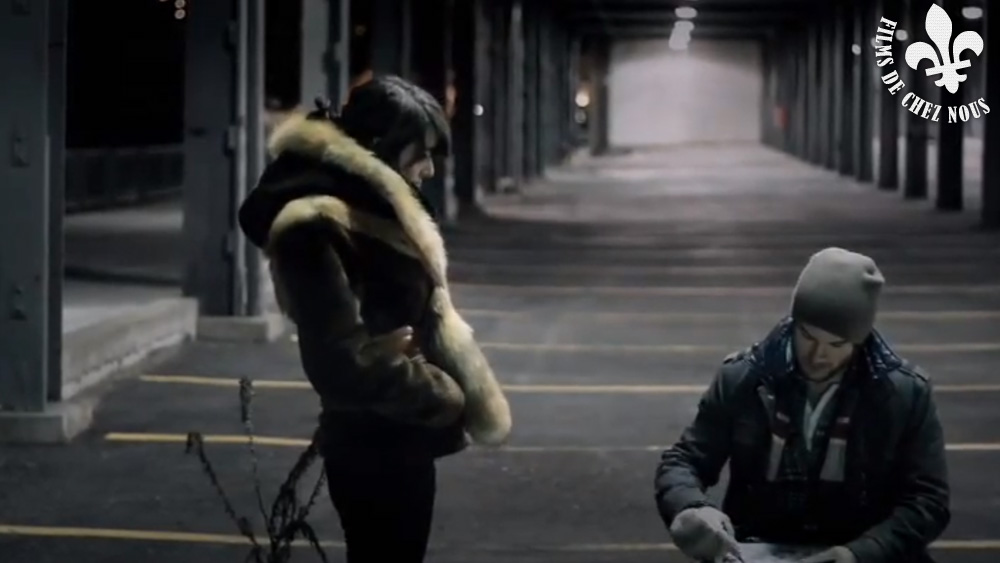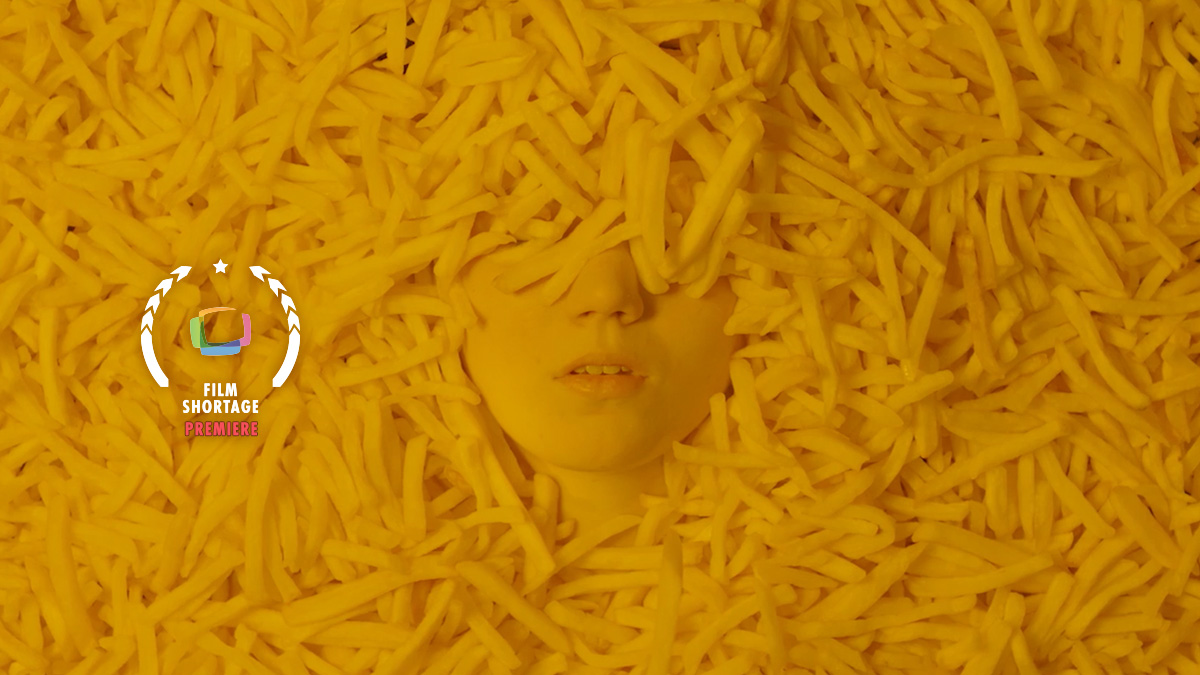Maria and Lea have known each other for years; however, Lea can’t help but feel something for her best friend every time they are together.
Love by Isabel Vaca (Spinning) is a tender exploration of the quiet complexities that define friendship and unspoken affection. The film centers around Maria and Lea, two best friends who have shared years of closeness, but for Lea, their bond runs deeper. Every glance, laugh, and shared moment stirs an undeniable feeling of love, as Lea grapples with emotions she cannot fully express. This heartfelt story delves into the subtle, often unnoticed moments that define unrequited love.
Vaca’s Love brings a deeply personal narrative to life, capturing the silent heartache of loving someone from a distance. Through intimate storytelling and an eye for nuanced emotion, the film reveals the delicate and unspoken bonds that form between two people, highlighting the beauty and pain of love that is felt but never fully revealed.

Love focuses on the subtle moments of intimacy between Maria and Lea. How did you approach capturing these small, yet emotionally significant, interactions on screen?
I think the key work was done during the casting process. It was essential for me that the actresses had a natural chemistry that would translate on screen without resulting in exaggerated or unrealistic reactions. My goal was to create authentic, intimate moments between them, allowing them the freedom to explore and develop their connection organically.
The theme of unrequited love is a universal experience. What inspired you to tell this specific story of hidden love and affection between two close friends?
As you mentioned, unrequited love is a universal experience, and I believe many of us have walked that fine line between friendship and love. In my own experience of coming out, I paid close attention to the subtle gestures that often convey more than words. It was from these small, meaningful moments that I drew inspiration to write this story.

The film seems to rely heavily on non-verbal communication—glances, laughter, and shared silences. How did you work with the actors to convey this emotional depth without relying on dialogue?
I believe the work we did before shooting was crucial in helping the actresses build a stronger emotional connection, which can sometimes be difficult to establish. I was a bit nervous since it was my first time directing a love story, but I was fortunate to work with two incredible actresses, Sasha and Rocío. They made the process so much smoother and developed a relationship that felt natural and intimate, bringing the story to life in a beautiful way.
What role do secrets and unspoken feelings play in shaping the dynamic between Maria and Lea, and how did you want the audience to feel about their relationship by the end of the film?
Although the film contains no dialogue, we hear Maria’s voice as she recounts memories and seemingly insignificant moments she has shared with Lea over the years—like how they used to hide her dad’s car keys in the kitchen, how Lea always falls asleep in the car, and how she sings terribly, though she’s unaware of it. I wanted these small details, revealed as the film unfolds, to help the audience get to know the characters better, allowing them to identify with them and form an emotional connection.

Your film has a very personal feel. Can you share more about the personal connection you have to this story and what it means to you?
Love is a very personal film indeed. It is a collection of memories and experiences from both love and heartbreaks over the years. My goal was to create a film that offers a glimpse into the complex nature of relationships, while also exploring the secrets we often keep hidden within them.
Love is a tender portrayal of a relationship in the in-between spaces. What were some of the biggest challenges you faced in telling such an emotionally layered story?
My aim was for the film to gradually build the closeness between the two characters as the story unfolded. I chose a one-day structure to slowly reveal the depth of their relationship as the day progressed. By night, I wanted to bring them into a more intimate setting, where they dance and sing—something everyone does with their best friend. This allowed me to organically intensify their bond, culminating in a bittersweet moment.
The pacing and flow of the film are key to its intimate atmosphere. How did you approach the editing and pacing of the film to maintain that sense of quiet emotional tension?
I collaborated with Ivan, the Director of Photography, to edit the film with the aim of crafting distinct visual atmospheres. We used elements like lighting and slow motion to enhance these moods. In the editing process, these elements were crucial in building the emotional tension we sought to create between the characters.

In stories of unspoken love, sound and music often become essential. How did you use sound design and music to enhance the emotions and mood of Love?
Just as working with Ivan was essential for developing the visual atmospheres, collaborating with Nacho, the sound designer, was equally important for crafting the sonic and musical elements. We relied on a musical motif to set the overall pace of the story and enhance subtle humorous moments. Additionally, the use of silence and other atmospheric sounds was crucial in building tension and complementing specific moments in the narrative.
How do you hope audiences will connect with Lea’s internal struggle? What message or feeling do you want to leave viewers with after watching the film?
Love is a portrait of two teenagers navigating the delicate boundary between love and friendship. It tells the story of two friends who have grown up together and are gradually stepping into adulthood. The film explores the fear of feeling different and the pain of unrequited love—experiences many of us have faced, such as unreturned affection or a misunderstood “I love you.” My hope is that the audience connects with the characters’ vulnerability and reflects on the complexities of their own love.
Are there any films or directors that have influenced your approach to storytelling in Love, particularly in how you portray the emotional complexity of relationships?
Yes, some of my favorite directors, such as Celine Sciamma, Andrea Arnold, and more recently Charlotte Wells, are renowned for their ability to convey deep emotional experiences through subtle details. Their storytelling captures the complexities of their characters and enables a profound connection on multiple levels. They have certainly been a great source of inspiration for me.




